Some years ago a friend gave us a few plants of Lenten Rose (Helleborus x hybridus). This makes a nice evergreen ground cover as you can see in the photograph below which shows Helleborus in the foreground growing in front of our house. It is called Lenten Rose because it normally comes into bloom during the season of Lent. Those varieties that come into bloom early are called Christmas Roses.They are native to Eurasia. Hellebores have the added advantage that deer do not eat them.
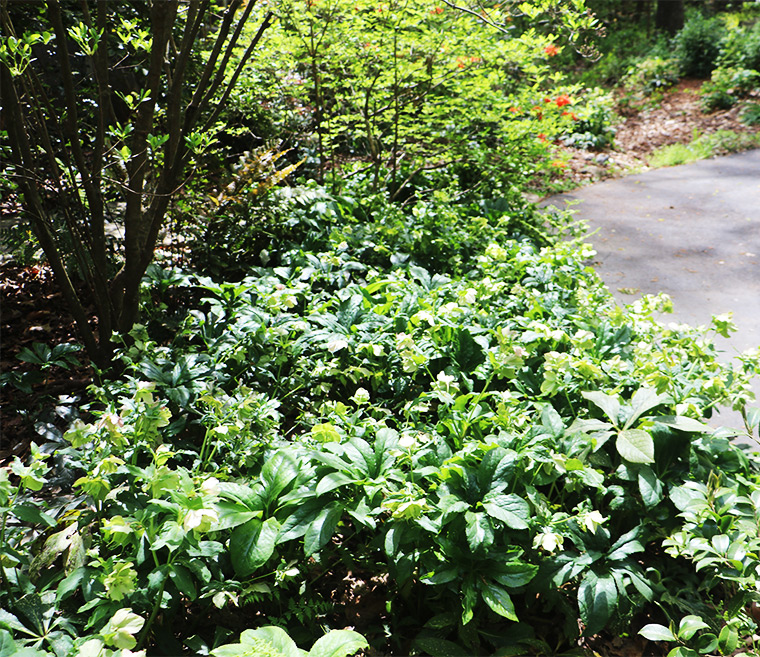
Most Hellebores are hybrid species made by crossing H. orientalis with other closely related species, of which there are several. They have beautiful flowers as the following two photographs illustrate.
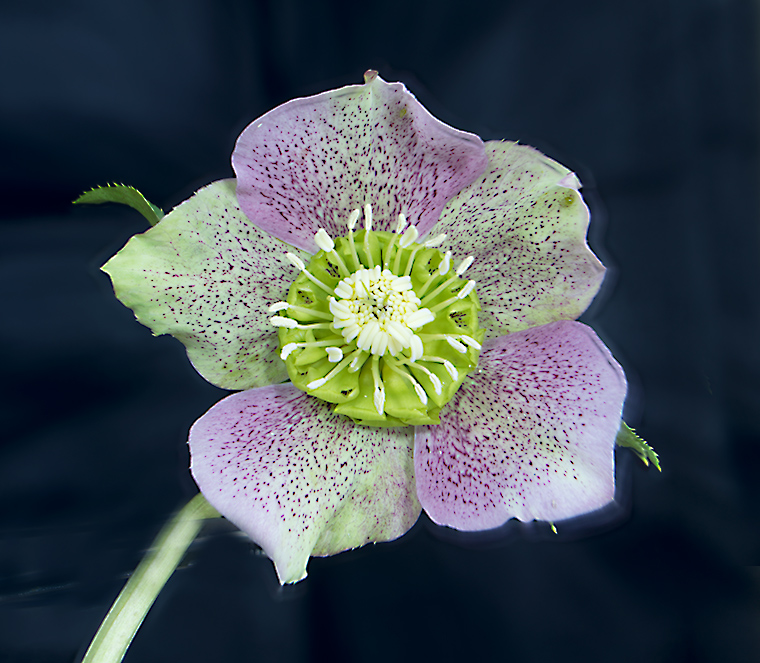
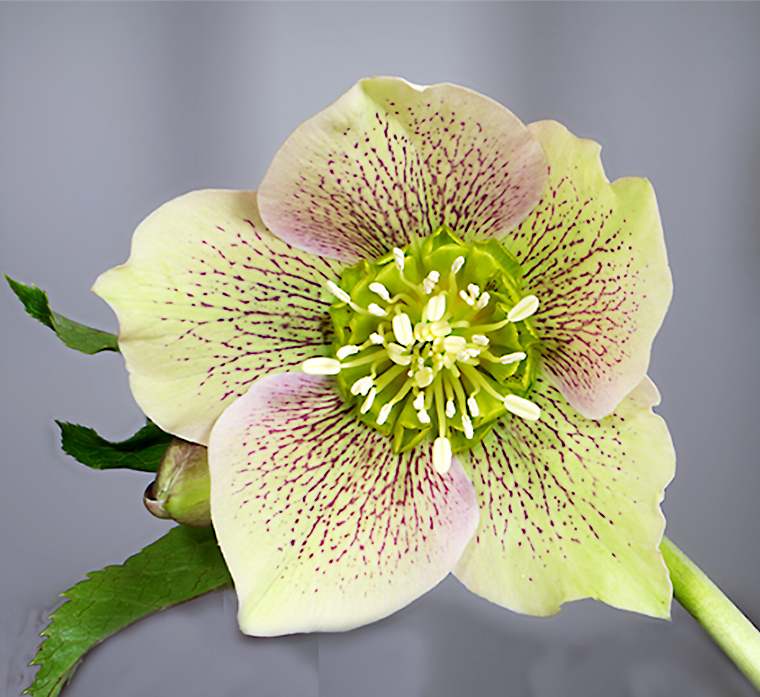
The five large structures that look for all the world like petals are classified by botanists as sepals. Many white stamens are visible here. Having many stamens is characteristic of the Buttercup family (Rannunculaceae), so this plant is not a true rose. The green structures which form a circle at the base of the stamens are cup-shaped modified leaves which hold nectar to attract pollinators.
The following paragraph is a quote from The Spruce which describes the toxicity of Hellebores.
“All parts of a Lenten rose plant contain protoanemonin, a toxin that causes a variety of skin and gastrointestinal problems.It is listed as a class 1 (major toxicity) plant by poison control agencies. Death of humans is relatively rare, since large quantities need to be ingested, but death of dogs, cats, and grazing animals is not uncommon. Skin contact can usually be treated by thoroughly washing the skin and applying topical ointments, but if any plant parts are eaten, call your poison control agency immediately.”
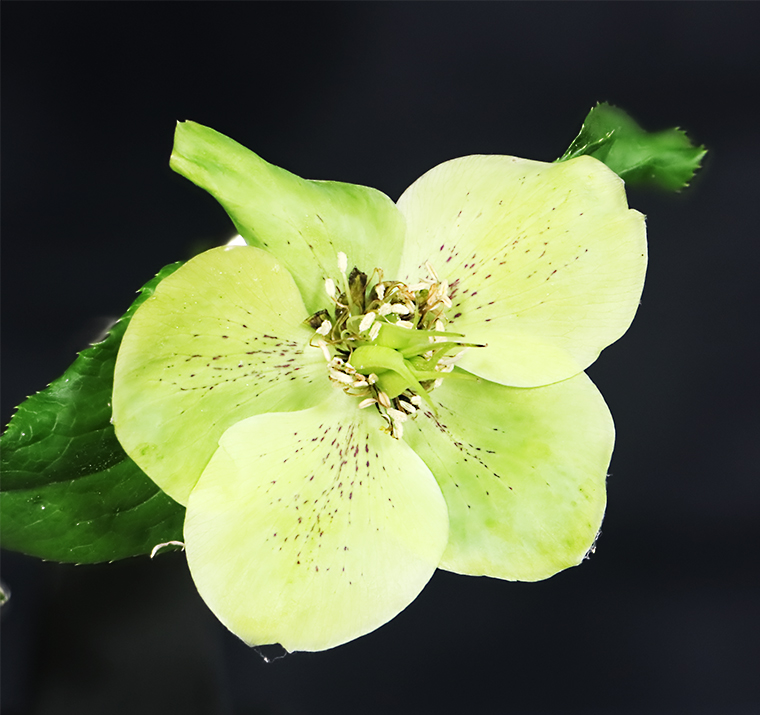
The photograph above shows a flower in which fertilization has occurred and the fruits (carpels) are just starting to enlarge.
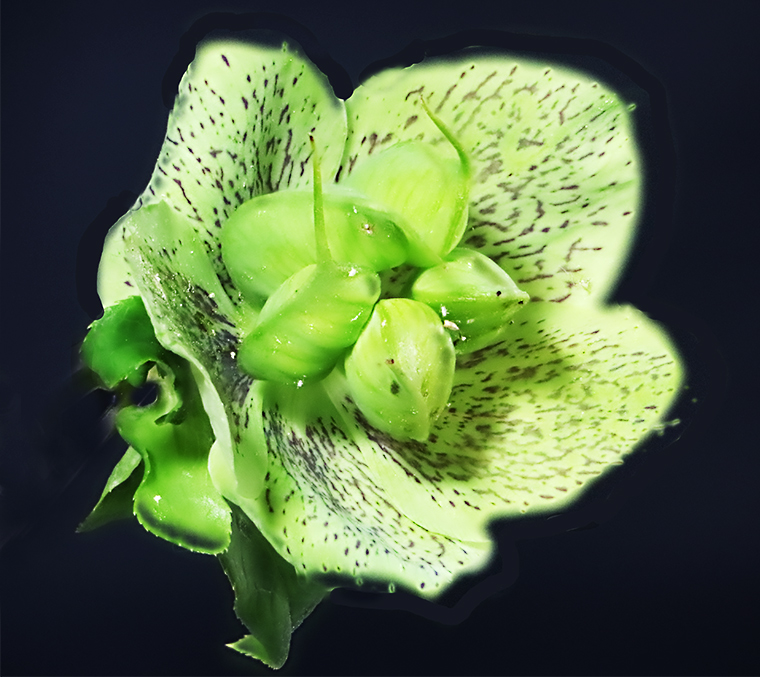
The carpels are continuing to enlarge.
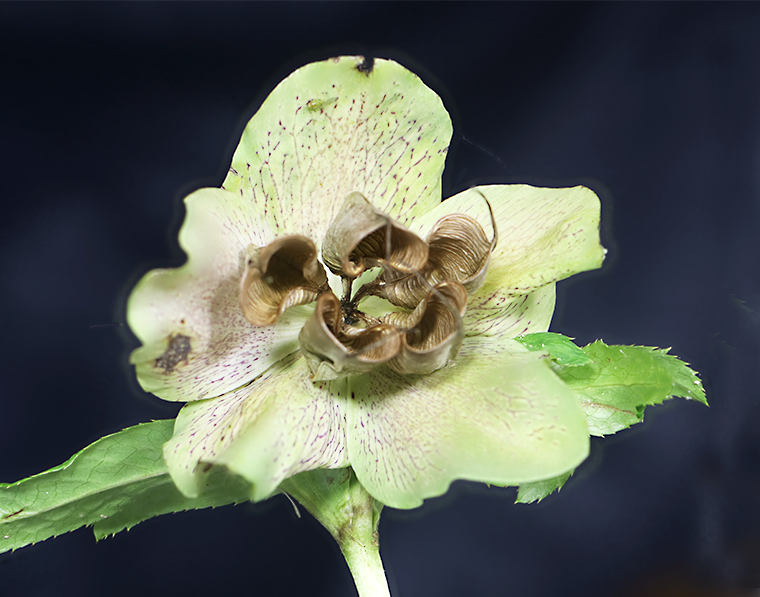
The mature carpels open at the end and the seeds eventually drop out.
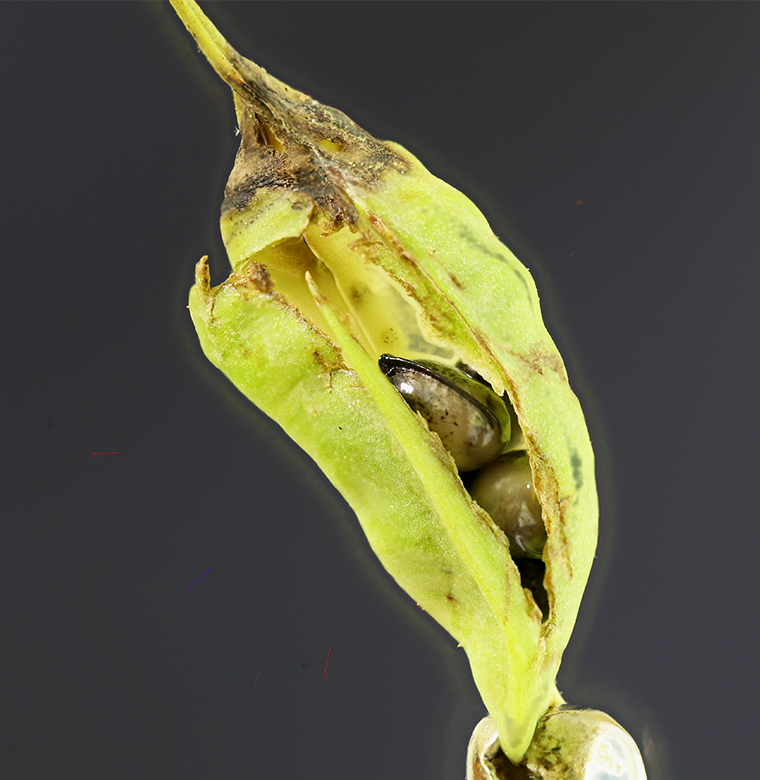
The photograph above shows one of the carpels that I have opened to show the mature seeds inside. Each seed has an extended rib that partially encircles the seed.
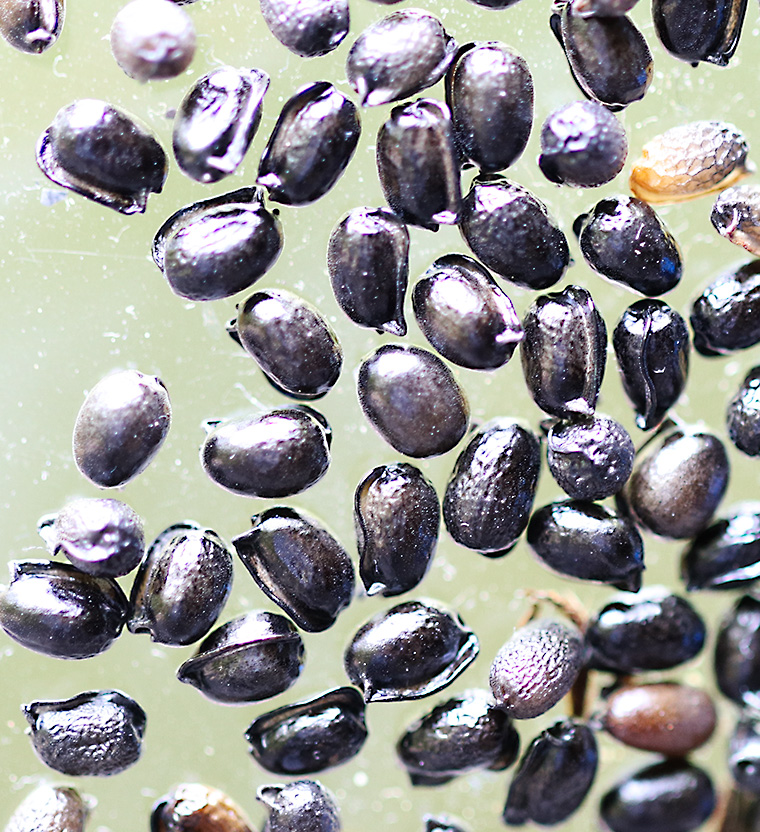
This is a collection of seeds that I collected by shaking some of the mature flowers. They are quite glossy, and mature ones show the rib that partially encircles the seeds.
All seems well with the Lenten Rose until one realizes the enormous number of seeds that are produce each year. The seeds get dispersed somehow and germinate quite readily. So the plant becomes invasive to a degree. I have had to pull many of them up from places I did not intend them to be. This brings to mind an old adage which advises that if someone offers you some starts from a plant in their garden, by all means do not accept! If they have extra plants to give away, it will probably prove invasive in your garden.
